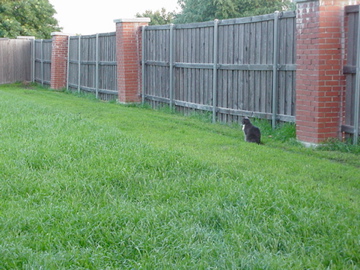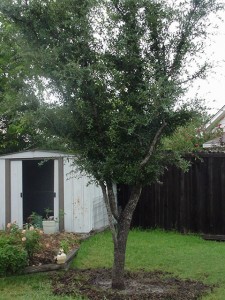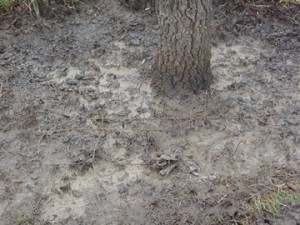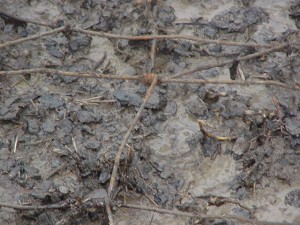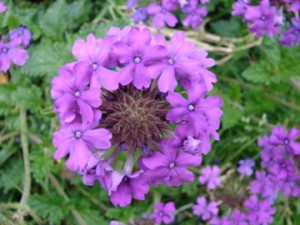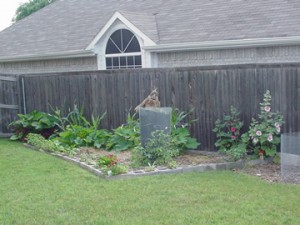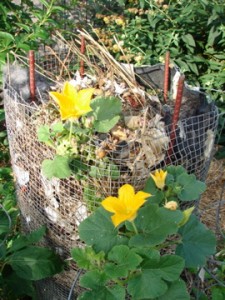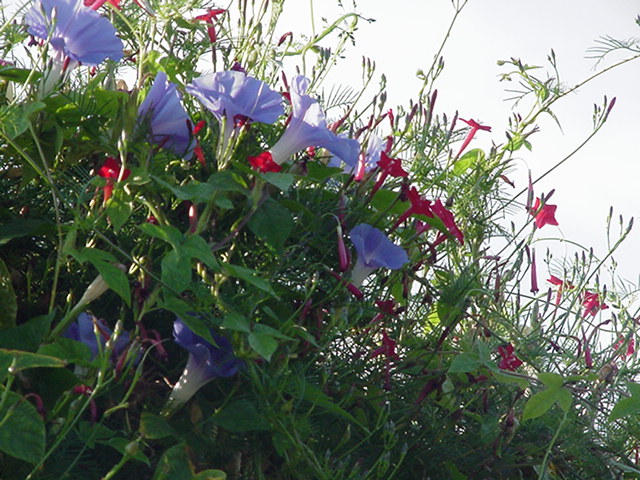As long as I can remember, my mother planted marigolds around her garden to help keep the bugs away. So I plant marigold, and all other sorts of flowers around my garden. I have a very eclectic garden with everything all mixed together, fruits, veggies, herbs, perennials and annuals.
Writing this blog is helping me get all of my notes, from library books, newsletters, web posts, radio shows and more, organized and more usable. That’s a good thing.
Here are the garden friends that I know of. I’m sure there are many more and feel free to add to this list in the comments. Apple – protected by chives
- Asparagus – tomato, parsley, basil , carrots
- Basil – peppers
- Beans (bush) – celery, corn, potato, petunia, summer savory, cabbage, carrot, marigolds, cucumber, cauliflower
- Beans (pole) – strawberries, cucumber
- Beets – bush beans, lettuce, onion, kohlrabi
- Broccoli – dill, chamomile, sage, peppermint, rosemary, beet, onion, potato, celery, aromatic herbs (especially sage and oregano)
- Cabbage – dill, bean, potato, onion, celery, aromatic herbs, sage, nasturtiums
- Carrots – chives, leeks, lettuce, peas, cabbage, onion, peppers, marigold, parsley, rosemary, sage
- Cauliflower – bean, potato, onion, celery, aromatic herbs, sage
- Chives – carrots (to improve flavor), apples (to protect from insects and borers)
- Corn – marigolds, sunflowers, cucumber, legumes, squash, pumpkin, melon, early potatoes, morning glory, geraniums
- Cucumber – corn, cabbage, tomato, bean radish, lettuce, early potato, chamomile, nasturtiums
- Eggplant – tarragon, thyme, green bean, aromatic herbs, okra
- Grapes – geraniums
- Garlic – great for roses, raspberries
- Lettuce – carrot, strawberry, cabbage, beet, radish, cucumber, soybeans, marigold
- Melons – morning glory, corn, marigold, radish
- Okra – eggplant, peppers
- Onion – beets, radish, tomato, cabbage, carrots, marigold
- Peas – caraway, carrots, corn, cucumber, bush beans, soybeans
- Peppers – basil, okra, soybeans, carrots, onion, catnip, marigold, aromatic herbs, nasturtiums
- Potato – bush beans, corn, pole bean, soybean, cabbage, catnip, eggplant, marigold
- Pumpkin – corn, marigold
- Radish – cucumber, onion, lettuce, peas, pole beans, chervil, nasturtium, marigold, mustard
- Roses – corn, garlic, grapes, onion, marigold, parsley
- Spinach – strawberry, cabbage, celery, eggplant, peas, onion
- Squash – corn, soybean, cabbage, radish, tansy, borage
- Strawberry – bush bean, lettuce, soybean, spinach, radish, onion, marigold, potato, borage, aromatic herbs, nasturtium
- Tomato – asparagus, onion, carrots, broccoli, parsley, basil, chives, mint, soybeans, celery, gooseberries, catnip, garlic, nasturtiums, borage
Even more important may be the sworn enemies list:
- Apples – do not like potatoes
- Beans – do not like onions, fennel gladiolus or marigold
- Bush – beans do not like leek, onion, fennel, garlic, gladiolus, pole beans or sunflowers
- Beets – do not like pole beans or mustard
- Broccoli – (and all it’s cousins) do not like pole beans, strawberries or tomatoes
- Carrots – do not like dill
- Cauliflower – does not like tomatoes or spinach
- Corn – does not like tomatoes
- Cucumbers – do not like potatoes or sage
- Fennel – does not like cilantro
- Garlic – does not like peas or beans
- Lettuce – does not like fennel
- Melons – do not like potatoes
- Onions and chives – do not like beans or sage
- Peas – do not like onions, garlic, or gladiolus
- Peppers – do not like kohlrabi or fennel
- Potatoes – do not like apples, sunflowers or tomatoes (the feeling is mutual), pumpkin or squash
- Radish – do not like potatoes, grapes or hyssop
- Strawberries – do not like cabbage
- Tomatoes – do not like apricot, corn, peppers, cabbage, fennel, dill or potatoes
And nobody likes ranunculus. Evidently, ranunculus has a bad habit of poisoning the soil.
This is not a complete list by any account. I usually only took notes on the things that interested me, so I’m sure there is a lot left out here. Feel free to add your own combinations. Have fun making everyone get along!


